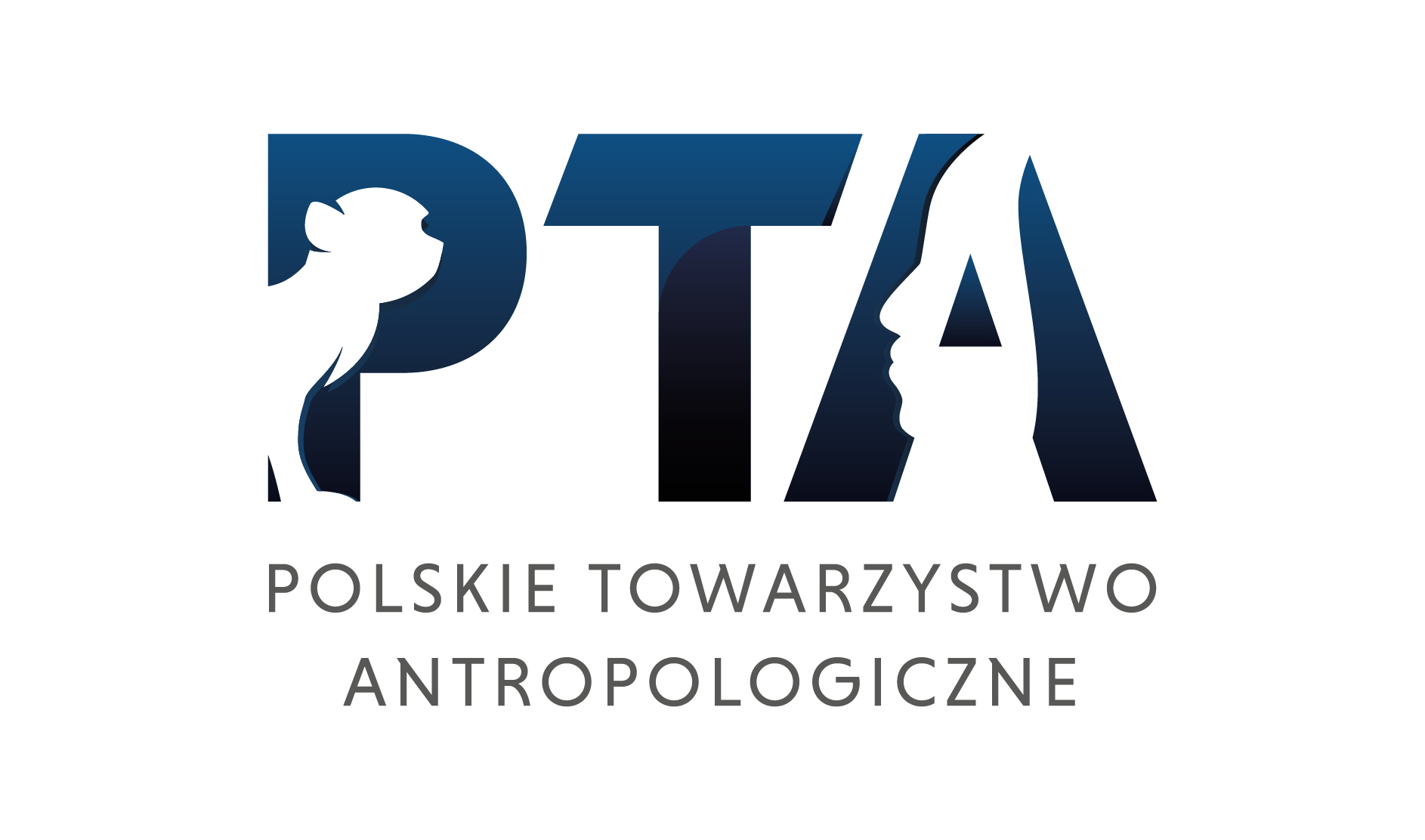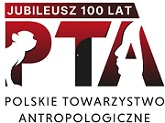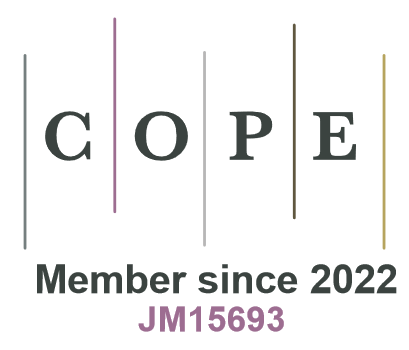Possibilities of the ecological model application for reconstruction of economy in prehistoric populations
DOI:
https://doi.org/10.18778/1898-6773.44.1.18Abstract
The ecological model applied here was constructed in collaboration with M. Henneberg. It is based on the fundamental biological theorem pertaining to adaptive relations between population and environment. The model is constructed with the use of the idealization method whereby it is recognized that each phenomenon has a main, primary aspect and secondary ones that may be overlooked. The primary aspects, when one is considering our prehistory, of the economic structure of a given population are, first of all: natural environment, settlement pattern, population demographic structure, its basic needs, and working time that was required to satisfy these needs.
When applying the proposed method, we have found that the amount of working time at the population's disposal was far greater than the amount of work required to satisfy basic needs. We are able to conclude that a population was economically self-sufficient in given environmental conditions. Disturbances concerning shifts in settlement pattern, economy, etc. are in such a situation due to external factors (mainly changes in the natural environment) that were uncontrollable by the people.
Downloads
References
Cippolla M.C., 1949, L’economie politique an seccurs de Vhistorie, Annales ESC, 1. 4.
View in Google Scholar
Henneberg M. J. Ostoja-Zagórski, 1977, Próba modelowej rekonstrukcji gospodarki mieszkańców halsztackich grodów typu „biskupińskiego”, Kwartalnik HKM, 25, 309.
View in Google Scholar
Kossecki J., 1974, Cybernetyka kultury, Warszawa.
View in Google Scholar
Kula W. 1967, Analiza modelowa w historii gospodarczej, Historyka, 1, 42.
View in Google Scholar
Neustupny E., 1967, Zdkladni prehistorické modely, Déjiny a Soutasnost, 11, 32.
View in Google Scholar
Nowak L., 1977, O strukturze procesu poznawczego. Próba zastosowania kategorialnej interpretacji dialektyki, Zagadnienia Naukoznawstwa, 1, 24.
View in Google Scholar
Ostoja-Zagórski J. 1973, Ze studiów nad strukturą gospodarki hodowlanej w schyłkowych fazach epoki brązu i w okresie halsztackim w północnej i zachodniej części ziem polskich, Kwartalnik HKM, 21, 471.
View in Google Scholar
Ostoja-Zagórski J. 1974, From Studies on the Economic Structure et the Decline of the Bronze Age and the Halstatt Period in the North and West Zone of the Odra and Vistula Basins, Przegląd Archeologiczny 22, 123.
View in Google Scholar
Ostoja-Zagórski J., 1976, Ze studiów nad zagadnieniem upadku grodów kultury łużyckiej, Slavia Antiqua 23, 39.
View in Google Scholar
Strzałko J., J. Ostoja-Zagórski, 1975, Ze studiów nad zagadnieniem struktury zaludnienia północno-zachodniej strefy dorzecza Odry i Wisły w schyłkowych fazach epoki brązu i w okresie halsztackim, Spraw. Archeol., 27, 272.
View in Google Scholar
Posern-Zieliński A, J. Ostoja-Zagórski, 1977, Etnologiczne interpretacje i analogie etnograficzne w postępowaniu badawczym archeologii i prahistorii, Slavia Antiqua, 24.
View in Google Scholar
Strzałko J, J. Piontek, M. Henneberg, 1975, Antropologia a przemiany biologiczne populacji ludzkich, Przegl. Antrop., 41, 159.
View in Google Scholar
Tabaczyński S., 1970, Neolit srodkowoeuropejski. Podstawy gospodarcze, Wrocław—Warszawa—Kraków.
View in Google Scholar
Topolski J., 1967, O pojęciu i roli wiedzy pozaźródłowej w badaniu historycznym, Studia Metodologiczne, 3, 19.
View in Google Scholar
Downloads
Published
How to Cite
Issue
Section
License

This work is licensed under a Creative Commons Attribution-NonCommercial-NoDerivatives 4.0 International License.








